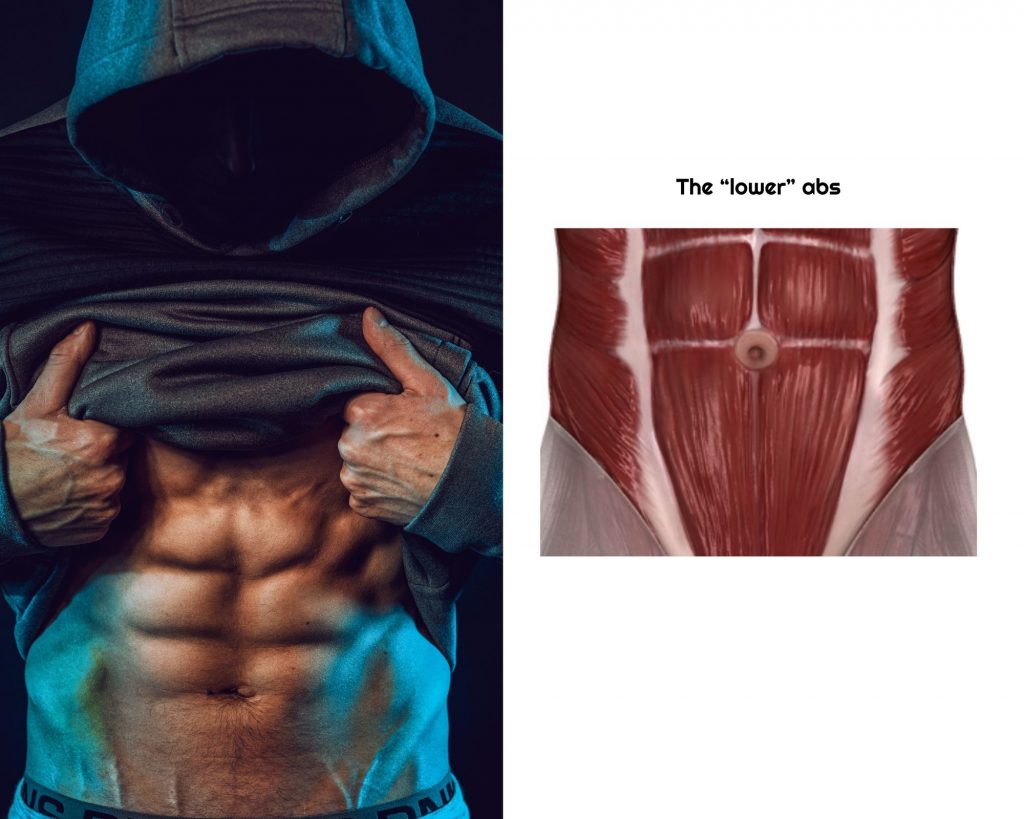Love handles, bingo wings, belly pouches. Even if you train regularly with a personal trainer or an online fitness coach in the UK, you could still be looking with despair at body areas that don’t seem to be responding to your hard work. The reality is that some areas are harder to train than others, or tend to get neglected in our training especially if you do not have the benefits of a personal trainer. So today, we’re looking at the 5 hardest-to-train-body areas- and the best exercises to target them.
1) Obliques. Pretty much everyone does the standard ab crunches, but crunches aren’t going to develop your obliques. Your obliques are the muscles at the sides of your abs. You have both internal and external obliques and they are really big, potentially strong muscles that need specific exercises to target them. So if you’re just crunching, you could have defined abs but weak obliques. Exercises to target obliques are all about twisting your body from the sides, so instead of straight-up crunches add in a twist. You could also try side bends using a dumbbell or a side plank to really get those obliques working.

2) Calves. We do endless squats, and we work those hamstrings and quads into submission but often the calf muscles get forgotten about. The calves though can be a really tricky body part to train, which is probably down to the fact that we don’t know how best to train them! Most gyms will have a machine to work the calves, so you can do seated calf raises to really target your lower leg muscles. For free weights, a great exercise is the dumbbell calf jump. Start with a dumbbell in each hand, knees soft, and back straight. Then you are going to power upwards into a jump, making the calves do the lifting. Aim for 20 of these, 3 sets.

3) Forearms. The forearms are the upper body’s equivalent of the calves. Once more, we tend to focus our attention on the upper part, and the lower forearm usually gets overlooked. As the most often exposed area of the arm though, and aiding mobility in your hands and wrists, the forearm is a good muscle to work. You can include seated barbell curls into your routine where you get into a seated position, leaning forward slightly and gripping the barbell with your palms facing up, resting on your thighs. You are then going to lower the barbell using your forearms to take the barbell below your knees. Aim for 10-20 of these.

4) Triceps. Even with training, the triceps can be a really difficult body part to improve. It’s an area that tends to accumulate fat, so often you’ll be working the muscle underneath the fat with no real visible difference. Also, in the fight between the upper arm muscles, the biceps always win the most training time but the triceps are the bigger muscle when it comes to mass so to get results you need to train them more. A great exercise is the bench dip where you place your legs on one bench and grip the edge of the other bench, lowering yourself between the two by using your triceps.

5) Lower stomach. The lower part of your abs is usually weaker, not only because we focus more on the upper abs when we train, but because lower abs have to lift the entire lower body when we train them. Exercises to strengthen and tone the lower abs mainly involve leg raises. From a lying position, lift straight legs and return back to the floor. You can also try scissor kicks where you raise your legs a few inches off the floor and scissor them in opposite directions quickly. Another good exercise for lower abs is hip raises, where you use your lower abs to raise your hips off the floor. Start with bent knees, and keep those knees bent as you raise your hips off the floor. If you are struggling with weight loss you could use a smaller plate to lose weight, studies have proven this to be effective.
